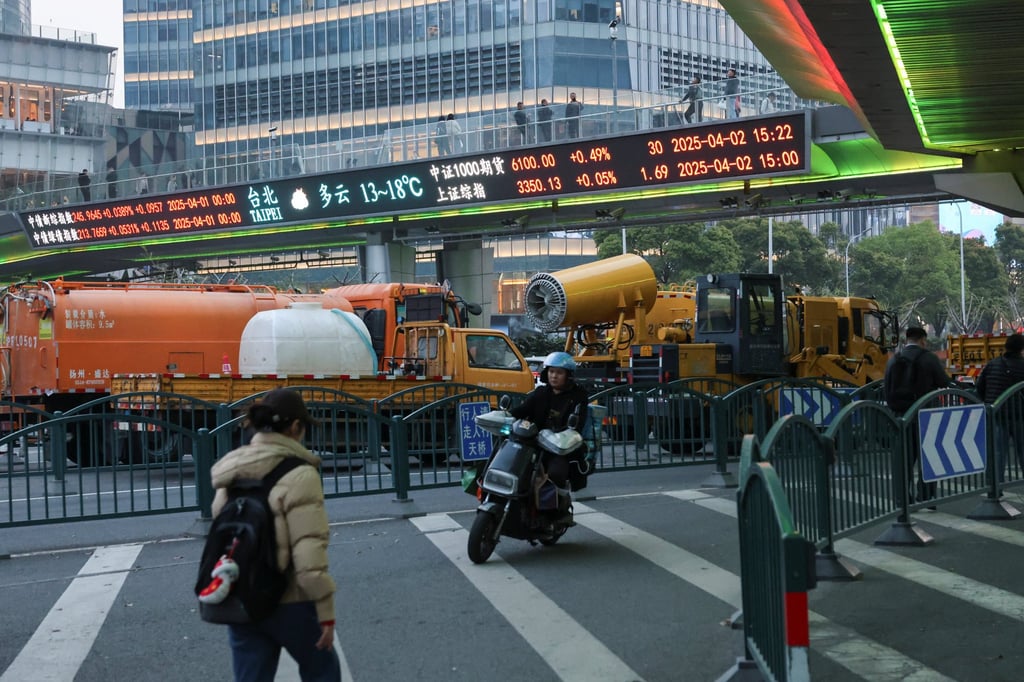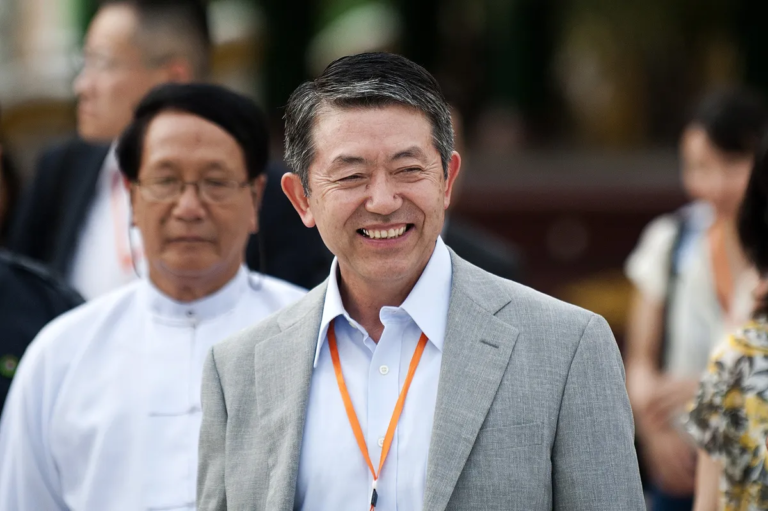
Foreign inflows to Chinese stocks will probably continue after the summer, as a regulatory push to boost shareholder returns, appealing valuations and rising expectations of interest-rate cuts in the US lure investors, according to Morgan Stanley.
The rotation back to Chinese stocks was expected to be “stronger” after two consecutive months of net buying by global long-only funds, analysts led by Laura Wang at the US investment bank said in a report on Friday.
Long-only funds poured US$2.7 billion into Chinese stocks in July, accelerating from a net inflow of US$1.2 billion in June, the report said. That came despite holdings reductions by some large actively managed mutual funds focused on Asia excluding Japan, it said.
Shunned over the past few years, Chinese stocks are now back on the radar for global investors after trade tensions between Beijing and Washington de-escalated and the mainland’s first-half economic growth exceeded estimates. Hong Kong’s Hang Seng Index has gained 24 per cent this year, and the CSI 300 Index of mainland-listed shares has added almost 5 per cent.
“China, with the second-best earnings revision breadth trend and a more fair valuation compared to other markets, should once again attract additional fund flows,” Wang said. “As we approach the Fed rate cut schedule and a higher consensus towards a weaker US dollar, global investors’ willingness to allocate into non-US markets should also pick up.”
The bank’s assessment dovetails with China’s official data on foreign buying. Overseas investors bought a combined US$10.1 billion of onshore stocks and mutual funds in the first half, starting to reverse the flight over the past two years, the foreign-exchange regulator said last month.
Public investors in China now have no regular access to data on what overseas investors are doing with their allocations to Chinese equities. Last year, the stock market regulator stopped publishing daily data on foreign flows through the Stock Connect programme, which allows foreign investors to trade yuan-denominated stocks by way of Hong Kong, on the grounds that disclosures could sway retail sentiment.
Return-on-equity ratios for Chinese listed companies were trending up amid the regulatory campaign to return more to shareholders and improve corporate governance, Morgan Stanley said. Meanwhile, market composition now tilted more towards high-calibre technology and financial companies and away from cyclical firms that were susceptible to macro conditions, it added.

Furthermore, China’s policy tone had turned more supportive of the private sector while a new generation of world-class Chinese companies made it possible for investors to hold onto them and ride out the economic cycle, the report said.
While there was a renewed appetite for US stocks based on their strong earnings results, increasing bets that the Federal Reserve would lower interest rates would spur a rotation to markets outside the US, it added.
The odds of a quarter-point rate reduction in September had risen to 88.4 per cent now from 57.4 per cent a month ago amid data suggesting a cooling labour market, according to CME Group.





